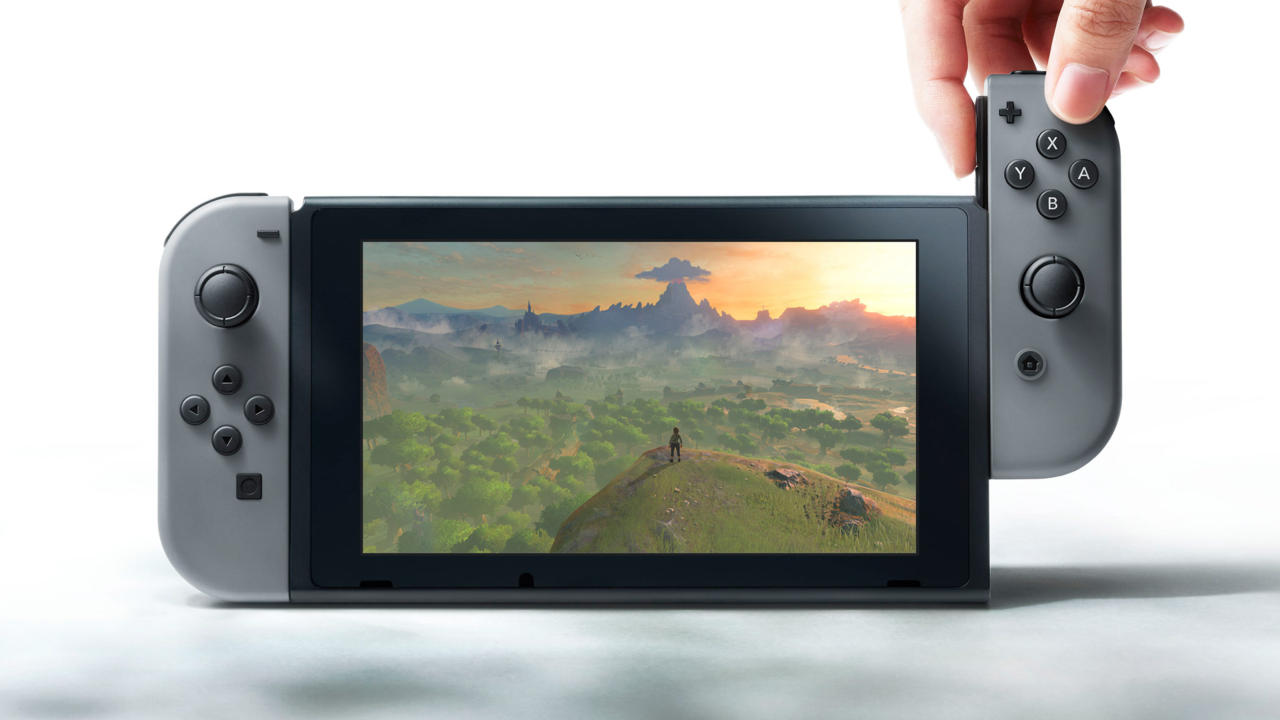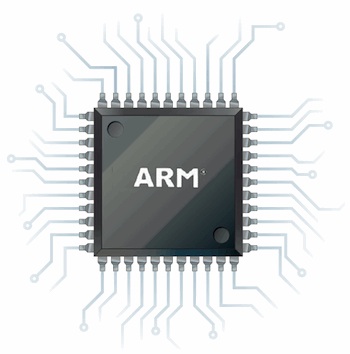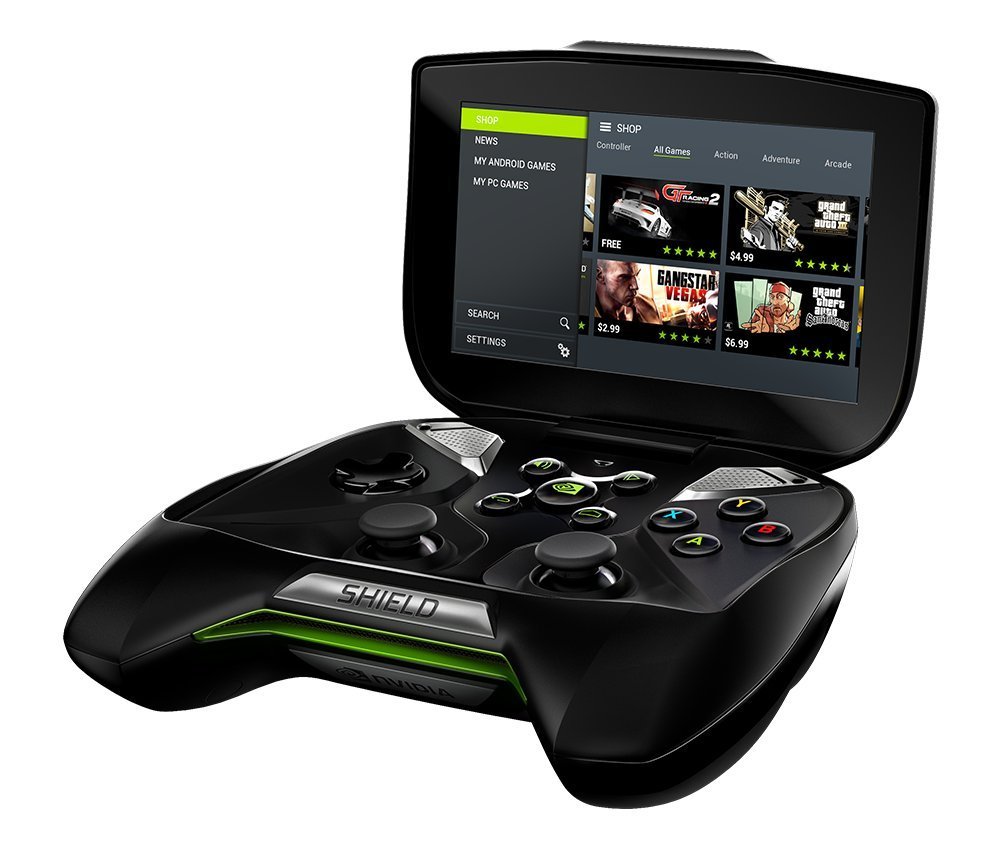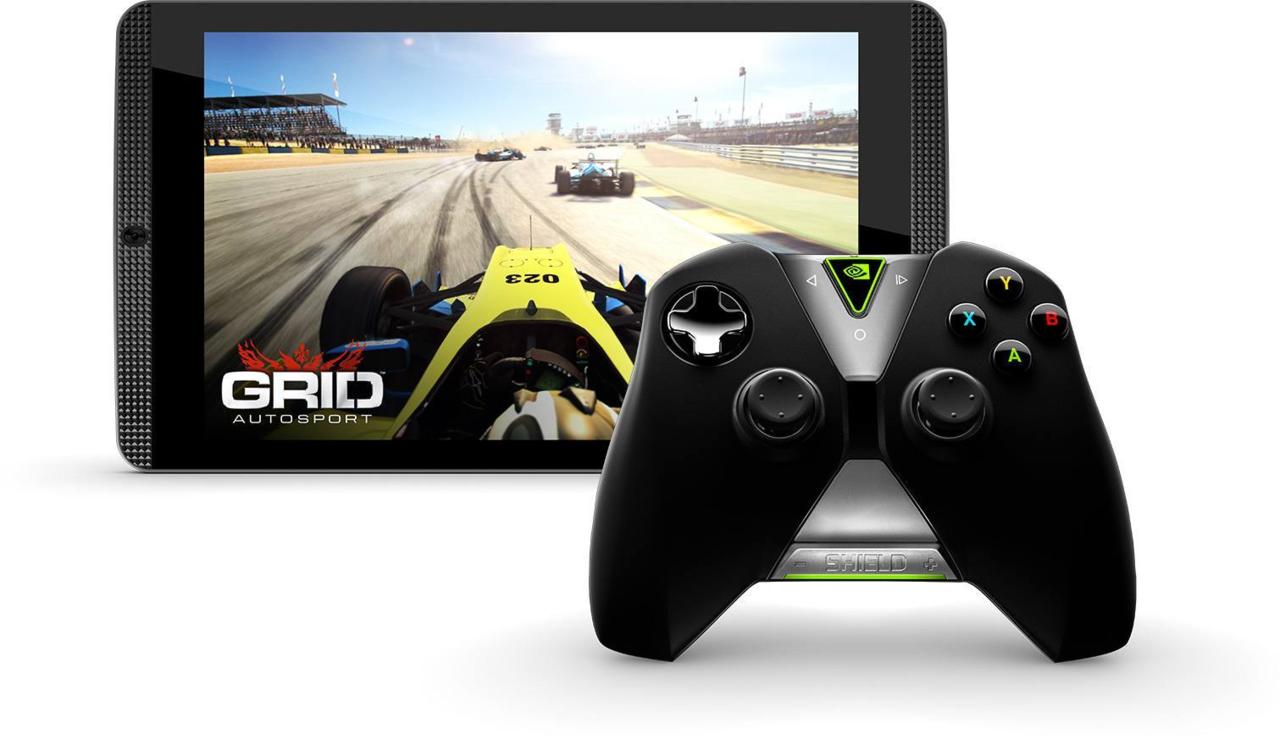Analyzing the Nintendo Switch's Tegra Processor
Nintendo Switch Hardware Analysis
After months of rumors, Nintendo has finally unveiled that its new Switch console (formerly known as the NX) will be a hybrid console/portable gaming device that will use a variant of Nvidia’s Tegra chip. But what does this mean in terms of the Switch’s power, performance, and capabilities? We’re here to analyze that.

About Nvidia Tegra
Nvidia’s Tegra system-on-a-chip (SOC) is based on the ARM instruction set, which is what is used to power modern smartphones and tablets. By contrast, most modern consoles are built on the PC’s x86-based instruction set. The Switch marks the first time a major console is being built on ARM.

One concern here is that this could potentially make it more cumbersome to port games from Sony and Microsoft’s consoles, but the Switch isn’t likely to be as powerful as either the PlayStation 4 or Xbox One, since it will be based on an SOC that’s designed around mobile-use and low-power consumption.
While Nintendo will use a heavily-customized Tegra processor, Nvidia has generally showcased its Tegra SOCs in its Shield gaming devices; the original of which debuted in 2013 with the company’s Shield Portable handheld system.
There’s still a lot we don’t know about the Switch’s Tegra chip, but Nvidia also says that it’s based on the same GPU architecture as its “top-performing GeForce gaming graphics cards.” This could potentially mean that the Switch’s SOC will be based on Nvidia’s Pascal architecture, which is used to power the company’s current crop of GeForce 10-series GPUs.

Performance
As the Switch is based off of a low-power instruction set that’s typically designed for mobile devices, you probably shouldn’t expect it to outperform the PS4 or Xbox One. Given the information that we have, the closest comparable device in terms of performance may be Nvidia’s 2015 Shield console, which used the company’s quad-core Tegra X1 64-bit SOC. Built on the 20nm production process and the company’s older Maxwell GPU architecture, the Shield console is in the ballpark performance of the PS3 and Xbox 360. It’s possible the Switch’s Tegra chip could be notably faster than the Shield console, especially if it uses the company’s newer Pascal architecture and is based on a denser production process.

As the Switch is a hybrid gaming device, there is a chance that the system could perform faster when it’s docked. For instance, gaming laptops generally perform better when they’re plugged into a wall socket. In contrast, they typically throttle in performance when they’re running off their batteries to conserve power. As a result, one possibility that we could see from the Switch is that it may offer either faster frame rates or a higher resolution when it’s docked.
Resolution
All we know about the Switch’s resolution is that it will support HD graphics. This likely means it will either support 720p or 1080p visuals, which both fit the bill.
Perhaps the Switch could run at 1080p when it’s docked and 720p when it’s mobile. Running in a lower resolution could also bolster battery life.
Battery Life
Nintendo hasn’t announced anything in regards to the Switch’s battery life, but Nvidia did say that it, “optimized the full suite of hardware and software for gaming and mobile use cases. This includes custom operating system integration with the GPU to increase both performance and efficiency.”

Perhaps the closest surrogate for battery life that we have is Nvidia’s 2014-released Shield tablet. In our experience, the Shield tablet could game up to five hours. Its relatively big 19.7Wh battery does play a significant factor here, however, and we don’t know how big the Switch’s battery will be. Nintendo’s Tegra chip will likely use a more efficient GPU architecture than the Shield tablet’s Kepler-based equivalent, which is now relatively old; this coupled with a smaller, more efficient nanometer production process could equate to increased battery life.
Other Speculation
If Nvidia’s Shield tablet is any indication, we suspect the Nintendo Switch to be passively cooled. This means that it will rely on internal heat sinks as opposed to fans.
Nvidia’s Shield devices also use Wi-Fi Direct, as opposed to Bluetooth, for its wireless controllers. Nvidia claims that Wi-Fi Direct offers faster response times and more bandwidth. It wouldn’t be too farfetched to suspect the Switch will follow suit with its controllers.
Got a news tip or want to contact us directly? Email news@gamespot.com
Join the conversation